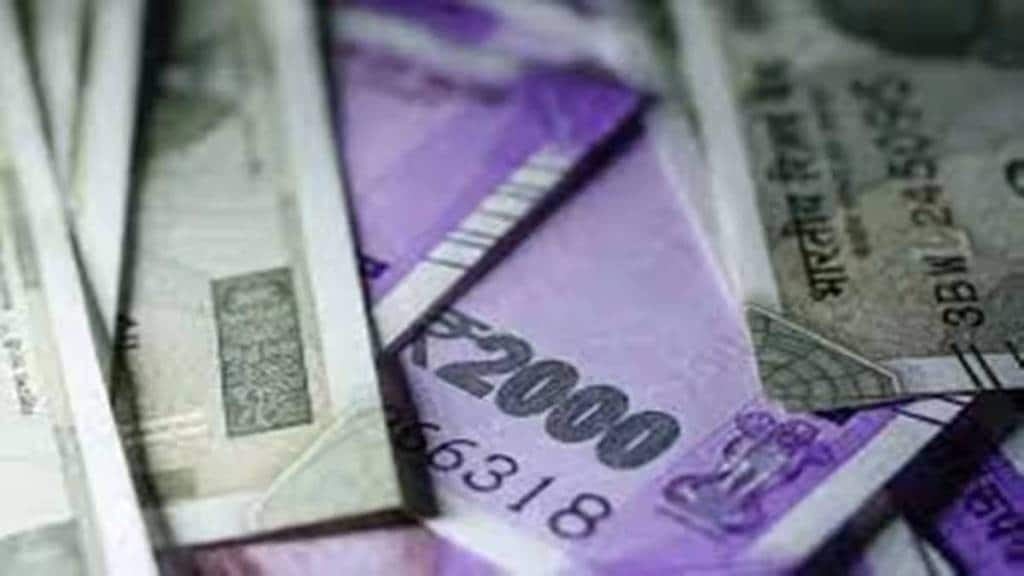Agreements for external commercial borrowings (ECBs) signed by Corporate India jumped to a massive $12 billion in the April-June quarter, three times the level in the year-ago period, and as much as 80% of the inflows during the whole of last financial year, the Reserve Bank of India (RBI) said on Monday.
Nearly two-thirds of the ECBs registered in the quarter were earmarked for investment activities, the central bank said in its latest ‘State of the Economy’ report, in what could be the first definite sign of revival of the private capex cycle in the economy. Most of the ECBs will be used for new projects, modernisation, infrastructure development and purchase of capital goods, while less than a quarter of the funds have end uses like refinancing, working capital.
While the government has recently been vocal about the strong, sustained credit growth, high capacity utilisation levels in the industry, and low leverage ratio among companies in many sectors, all high frequency indicators haven’t unequivocally supported a full-fledged recovery in private investments.
ECB registrations had fallen by a third to nearly $27 billion during 2022-23, as global interest rates hardened significantly. The latest spurt in the use of the ECB route for project financing is despite the elevated interest rates abroad, which makes ECBs via both the loan and bond routes expensive.
However, the trend of a moderation in foreign direct investment (FDI) inflows continued in the first two months of the current financial year. According to the RBI, gross FDI flows fell to $12 billon in April-May, 2023 from $16.5 billion in the year ago period. The fall has been sharper for net FDI inflows to $5.5 billion in the first two months of the year, from $10.6 billion in the year-ago period.
While India’s industrial output growth rose to three-month high of 5.2% in May, the expansion of the capital goods segment was sharper at 8.2%. The production of infrastructure/construction goods too rose at robust rates of 15% and 14% respectively in April and May. The seasonally adjusted S&P Global India Manufacturing Purchasing Managers’ Index (PMI) has been on expansion zone for several months in a row, reflecting strong improvement in operating conditions and demand resilience. However, exports have fallen for the fifth straight month in June, when the contraction was sharpest in 3 years at 22%.
The RBI had in July 2022 doubled the ECB limit for individual borrowers under the automatic route to $1.5 billion or equivalent, and raised the all-in-cost ceilings for both foreign-currency and rupee-denominated borrowings, subject to investment grade rating.
The RBI pegs India’s real GDP growth for the current fiscal at 6.5%, as against 5.9% forecast by the International Monetary Fund.

